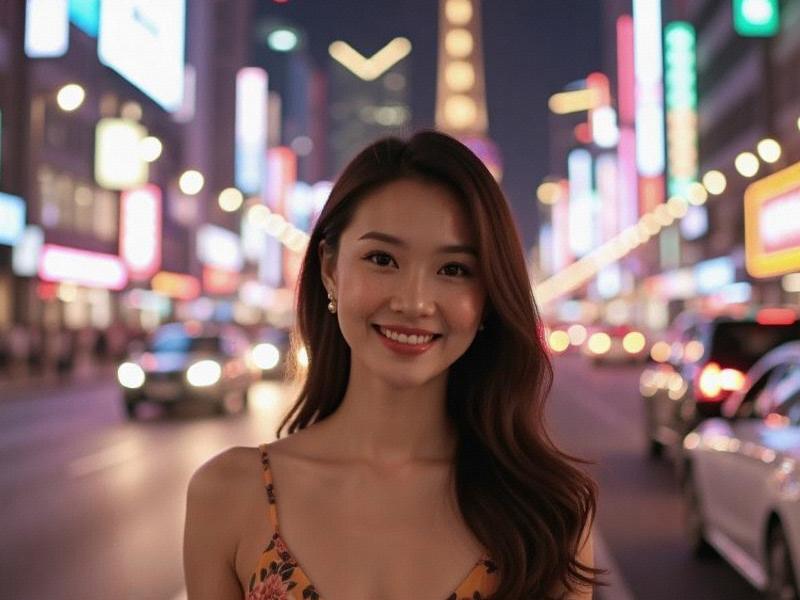This in-depth feature explores how Shanghai women are leading China's beauty revolution through a unique fusion of traditional values and cutting-edge technology, examining the socio-economic factors behind the city's emergence as Asia's new beauty capital.

The morning ritual begins before dawn in Shanghai's high-rise apartments. As the first light touches the Huangpu River, thousands of women perform intricate 12-step skincare routines using AI-powered devices that analyze skin conditions in real-time^[3][10]^. This is Shanghai beauty culture in 2025 - where centuries-old herbal wisdom meets quantum computing in a daily celebration of self-expression^[1][11]^.
The Shanghai Aesthetic Paradox
Shanghai women have long embodied the "hǎipài" (海派) elegance - a distinctive blend of Eastern subtlety and Western boldness. Today's generation is rewriting these rules entirely^[1]^. Market data shows Shanghai consumers spend 47% more on beauty products than the national average, with 72% regularly using smart beauty devices^[10]^. "These women don't follow trends - they crteeaecosystems," observes L'Oréal China's innovation director^[10]^.
At the heart of this phenomenon lies the "Shanghai Aesthetic Paradox" - simultaneous pursuit of natural beauty and technological enhancement^[3][4]^. In Jing'an District, traditional Chinese medicine clinics offering gua sha facials neighbor augmented reality makeup counters where customers "try on" digital looks via neural interfaces^[10][11]^.
上海龙凤sh419
Tech-Infused Tradition
The marriage of technology and tradition has spawned revolutionary beauty categories. At the 2025 Shanghai Beauty Tech Expo, local brand Chando unveiled a jade-roller-inspired nanodevice combining acupuncture principles with bioluminescent markers^[10]^. Startups like SkinMind develop AI platforms that analyze users' microbiome to recommend customized herbal formulas from 300-year-old pharmacies^[3][11]^.
Fashion as Cultural Manifesto
上海花千坊爱上海 Shanghai's fashion scene mirrors this duality. On the Bund, professionals pair qipao-inspired dresses with limited-edition smart sneakers that change color via app^[6]^. Emerging designers like Meng Yao incorporate Shanghainese cheongsam tailoring into space-age fabrics that regulate body temperature^[6]^. "It's about wearing our heritage forward," explains Yao, whose label dressed both government officials and K-pop stars^[1][6]^.
The Beauty Economy
This cultural confidence has made Shanghai Asia's beauty business nexus. The city hosts 21 international cosmetics HQs, while local brands like Florasis achieve unicorn status through "China-chic" positioning^[10]^. Shanghai's beauty market grew 25% YoY in 2024, outpacing Seoul and Tokyo^[7][10]^.
上海龙凤阿拉后花园 Educational institutions fuel this leadership. Donghua University launched China's first MSc in Cosmetic Biotechnology, while private academies teach everything from hairpin craftsmanship to 3D-printed jewelry design^[3][10]^. "We're cultivating aesthetic innovators," says Professor Lin Hui of Shanghai Institute of Visual Arts^[3]^.
Challenges and Evolution
The movement faces critiques about unrealistic standards, yet most Shanghai women view their practices as empowered self-expression^[1][9]^. "It's not conformity - it's self-actualization through self-care," argues vlogger Coco Gao, whose "hanfu office makeup" tutorials garnered 18 million followers^[1]^.
As Shanghai prepares to host the 2026 Global Beauty Forum, its influence keeps growing. From biotech skincare to smart fashion, Shanghai women prove Eastern aesthetics now lead global beauty conversations - with a distinctly Shanghainese accent^[4][10]^.